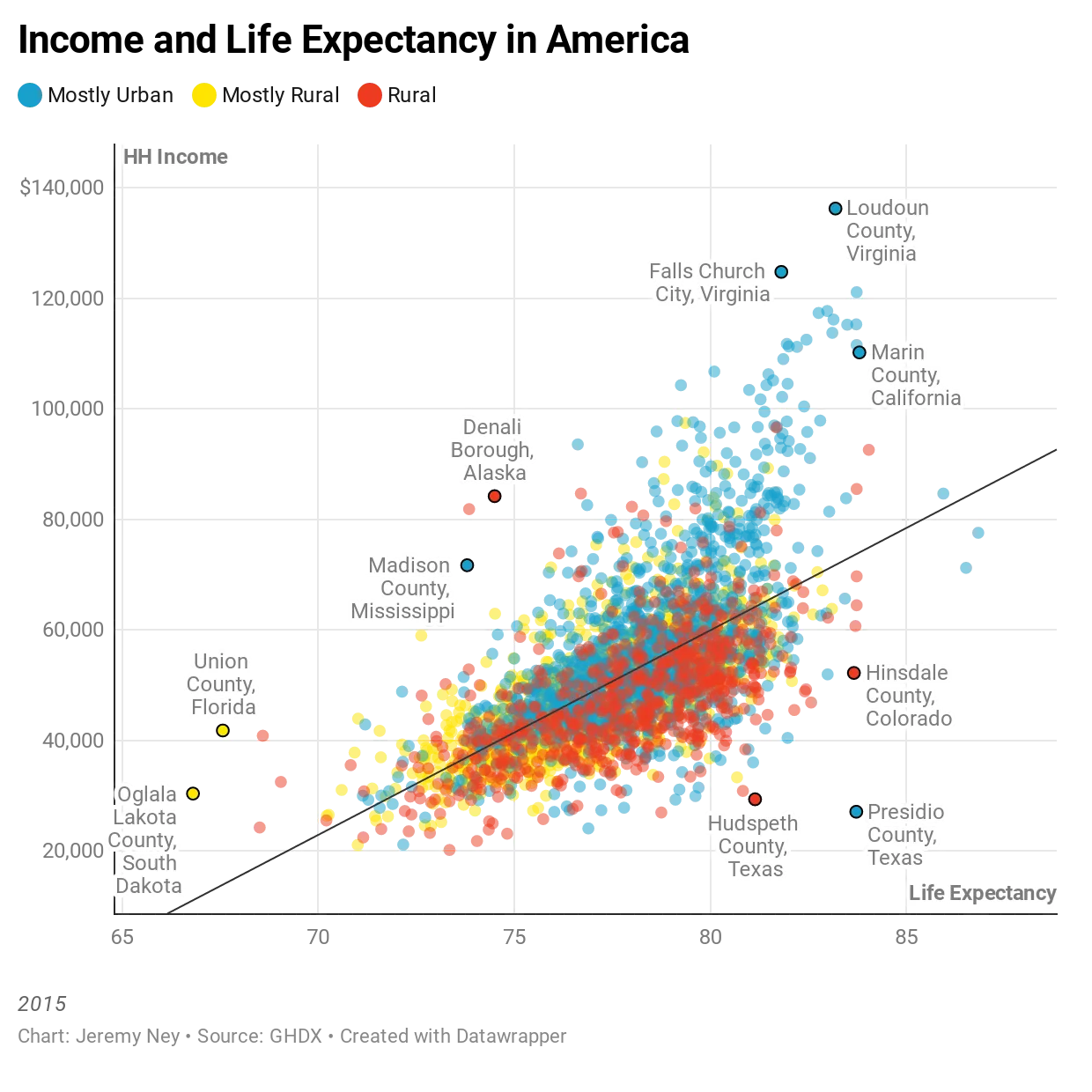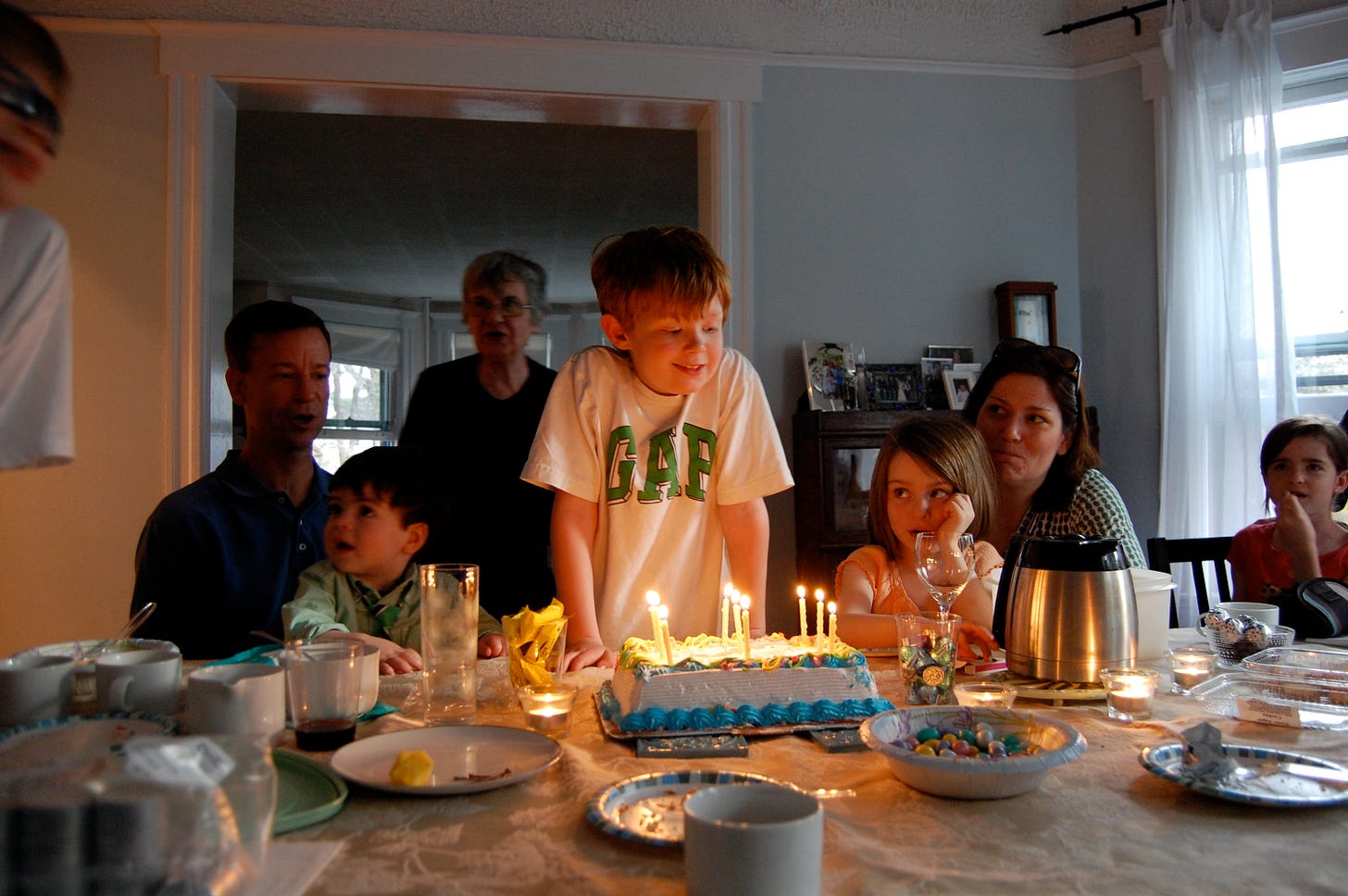During the typical morning chaos to get ready for work and school, the newscasters from The Today Show babble on and on in our family room television. Hoda or Al are background noise as kids frantically throw lunch boxes into backpacks and Steve finds his train tickets. Occasionally, we’ll stop and listen if we hear something interesting.
Last week, I poked my head into the family room, because one of the newscasters, Jenna Bush Hager was talking about schools, my policy speciality. Hager, the daughter of the former president, profiled a superintendent in Ohio, who was rolling out a four day school week for students, because he said that his teachers were burned out. On Mondays, students will conduct “self-learning” at home, while teachers will use that time to prepare for the rest of the school week.
Hager said that 850 schools across the country were doing this, and it was okay because districts had figured out how to get free lunches to the kids and helped parents with childcare. She said one sentence about learning lag during the pandemic. Mostly, Jenna and the other newscasters seemed to love the idea.
Hoda said, “some great ideas are borne out of desperation. You can tell that he is desperate. He wants to keep his teachers, so he came up with something innovative, which I think is cool.”
Hager responded, “totally!”
To be clear, providing less education for students is not innovative. It’s horrible. As we know from school closures during Covid, which lasted almost 1-1/2 half years around here, school is essential for young people.
So, I was a little annoyed. I picked up my phone and tweeted that rich newscasters, who send their own kids to private schools, are promoting the idea of a four-day work week. They would lose their minds if their schools only educated their kids for four days a week. Then I tagged the Today Show and Jenna. Responding to a comment from a friend, I wrote that rich kids get more school, and poor kids get less school.
Side note: Tuition at private schools in Manhattan starts at $40K per year.
Hager replied to me saying that she wasn’t promoting the idea, just talking about this one superintendent and highlighting teacher issues. I deleted the first tweet, because it was rude, but I kept our back and forth.
To be clear, Jenna never once said that cutting out education for kids was a terrible idea. In fact, she told millions of viewers that this proposal was a real option to battle teacher burnout. I do think that it’s possible to talk about the work conditions of teachers without promoting policies that actually hurt children, but that’s not what happened that morning.
Another side note: Bush’s TV Book Club is super influential.
Afterwards, I called Steve at work and told him that I got into a quarrel with the daughter of a former president on The Today Show, and he thought that I was silly for bothering to respond to this story. The Today Show is entertainment and not real journalism, he said. But that’s part of the problem with news shows like that — nobody knows if they are real or entertainment. And with pressure to be upbeat and peppy every two minutes — “It’s time for Hoda’s Morning Boost!” — they fail to educate the country about the real issues.
What is the real story? Children in America are dying at a faster rate than China, Cuba, or Lebanon. In a subscriber-only newsletter for the New York Times, David Wallace-Wells writes, “One in 25 American 5-year-olds now won’t live to see 40, a death rate about four times as high as in other wealthy nations.”
Wallace-Wells explains that young people are dying in unprecedented numbers from homicide, suicide, drug overdoses, and car crashes. He quoted Larry Summers who recently called the data on life expectancy “the most disturbing set of data on America that I have encountered in a long time” and “especially scary remembering that demographics were the best early warning on the collapse of the U.S.S.R.”
But these horrific events won’t really touch my world or Jenna’s world. We’re protected from these horrors by our economic safety net. Our schools will never stop educating our kids.
In a new substack that highlights American Inequality, Jeremy Ney showcases his really excellent graphics that illustrate the correlation between income and life expectancy.
His graphics that show the relationship between income and reading level are also damning. I would like to see a chart that shows the relationship between low reading levels and life expectancy. I’m sure that young people who are well educated and have a future are less likely to die early from suicide or drug overdoses.
That’s why any proposals to limit time in school are not innovative. Sorry, Jenna and Hoda. Communities that fail to educate children, particularly those from low-income families, are on the wrong path.
LINKS
It’s Good Friday. Happy Passover, Happy Easter. It’s a day off here, so once I hit send on this newsletter, we’re heading out to western Jersey for a long bike ride and dinner in a country tavern.
On my disability newsletter, I gave parents advice about paying for therapy and services:
Here’s a glimpse of our new bathrooms. I’ll show more later. They make me really happy, even though the contractor now has all our money.
Cooking: On Sunday, I’m cooking up a huge Virginia ham with a bourbon-brown sugar glaze, mashed potatoes, Ina Garten’s corn bread, Martha Stewart’s Mac-n-cheese, asparagus, and a fresh salad.
Travel: Ian turns 21 this month, so we’re giving him a special vacation trip Universal Studios in Florida. Thursday to Sunday this week. Really looking forward to a swim up bar and warm weather.
Shopping: Clothes for Florida, like inexpensive shorts from Old Navy, sundresses for the evening, and new Burkenstocks.
Picture: Ian’s birthday cake in 2010.







My immediate thought was what havoc a 4-day school week would wreak on a parent trying to hold down a 5-day-a-week job. And then that parent could make less money, and if household income is associated with education and health and life expectancy and more, well, the kid's future starts a slow slide down the hill. By all means rethink education for the 21st century, but in ways that provide more education—not less.